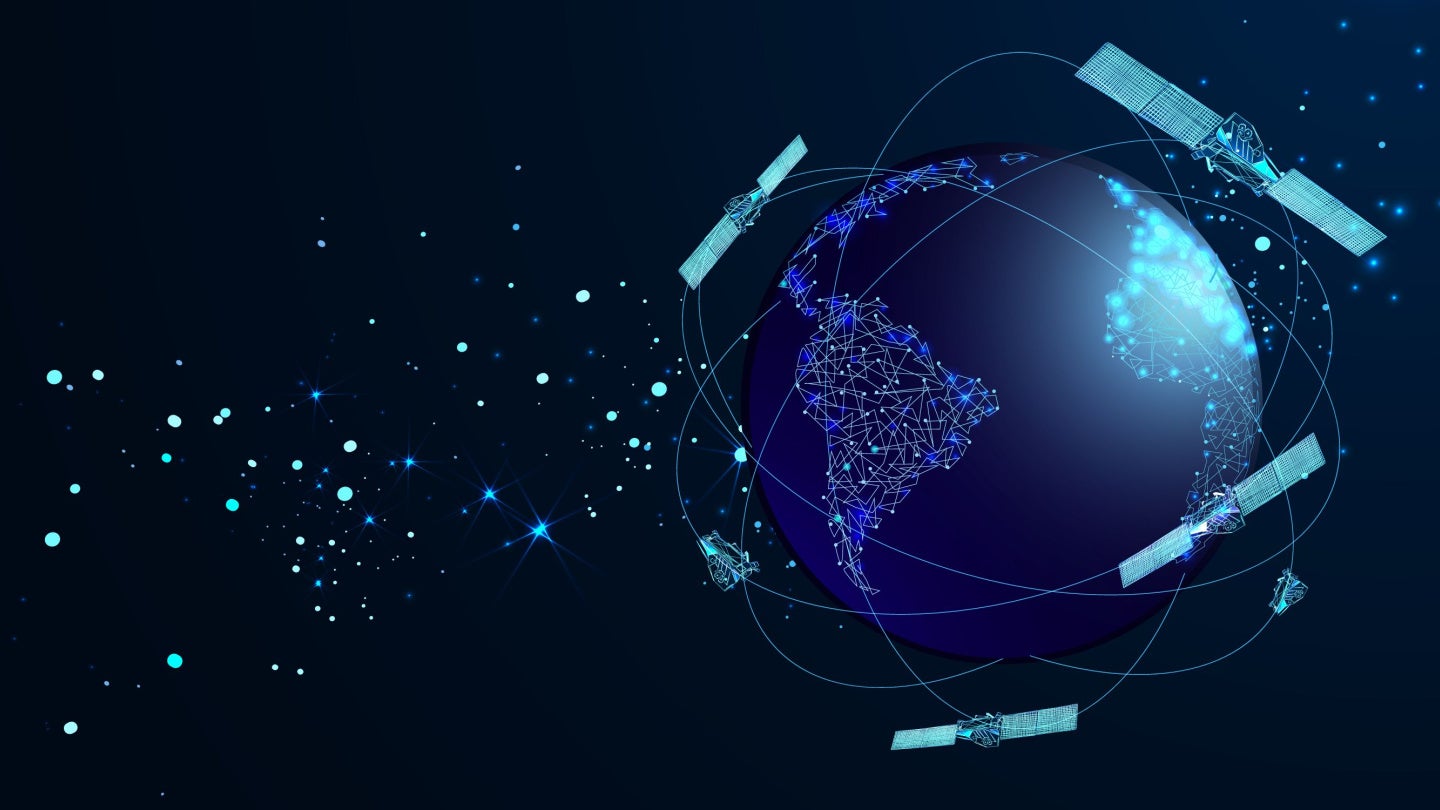
Leading satellite and aerospace companies in Europe have formed a consortium to bid for European Union’s $6.6bn satellite project, called IRIS².
In an emailed statement to Bloomberg, the companies said aerospace manufacturers Airbus and Thales Alenia Space will run the consortium.
The group also comprises satellite operators SES SA, Eutelsat Communications, and Hispasat.
With IRIS², which aims to transmit internet across the continent, the bloc will have its fleet of satellites to keep up with constellations put into use by governments and companies around the world.
If they are awarded the contract, the consortium will have to operate a satellite system consisting of hundreds of satellites in various orbits, including the geostationary orbit around 22,000 miles above Earth and other closer orbits.
IRIS², an acronym for “infrastructure for resilience, interconnectivity and security by satellite,” will cater to the needs of government organisations, including the defence ministries.
How well do you really know your competitors?
Access the most comprehensive Company Profiles on the market, powered by GlobalData. Save hours of research. Gain competitive edge.

Thank you!
Your download email will arrive shortly
Not ready to buy yet? Download a free sample
We are confident about the unique quality of our Company Profiles. However, we want you to make the most beneficial decision for your business, so we offer a free sample that you can download by submitting the below form
By GlobalDataAdditionally, it will be used to connect the areas in the EU with no access to the internet.
According to the EU, the constellation will offer crucial infrastructure and strengthen its technical sovereignty as other nations, like China, as well as private enterprises, develop their systems.
Currently, the largest operator of satellites in low-Earth orbit is the billionaire Elon Musk.
Using SpaceX’s rockets, thousands of Starlink satellites have been launched into orbit.
In comparison to satellites in higher orbits, low-earth orbit fleets pass the planet’s surface at a distance of less than 600 miles and provide faster connection speeds.
However, a lot more satellites are required to cover the same land area.
The proposed satellite system is expected to start offering services next year and will reach its full potential in 2027.







